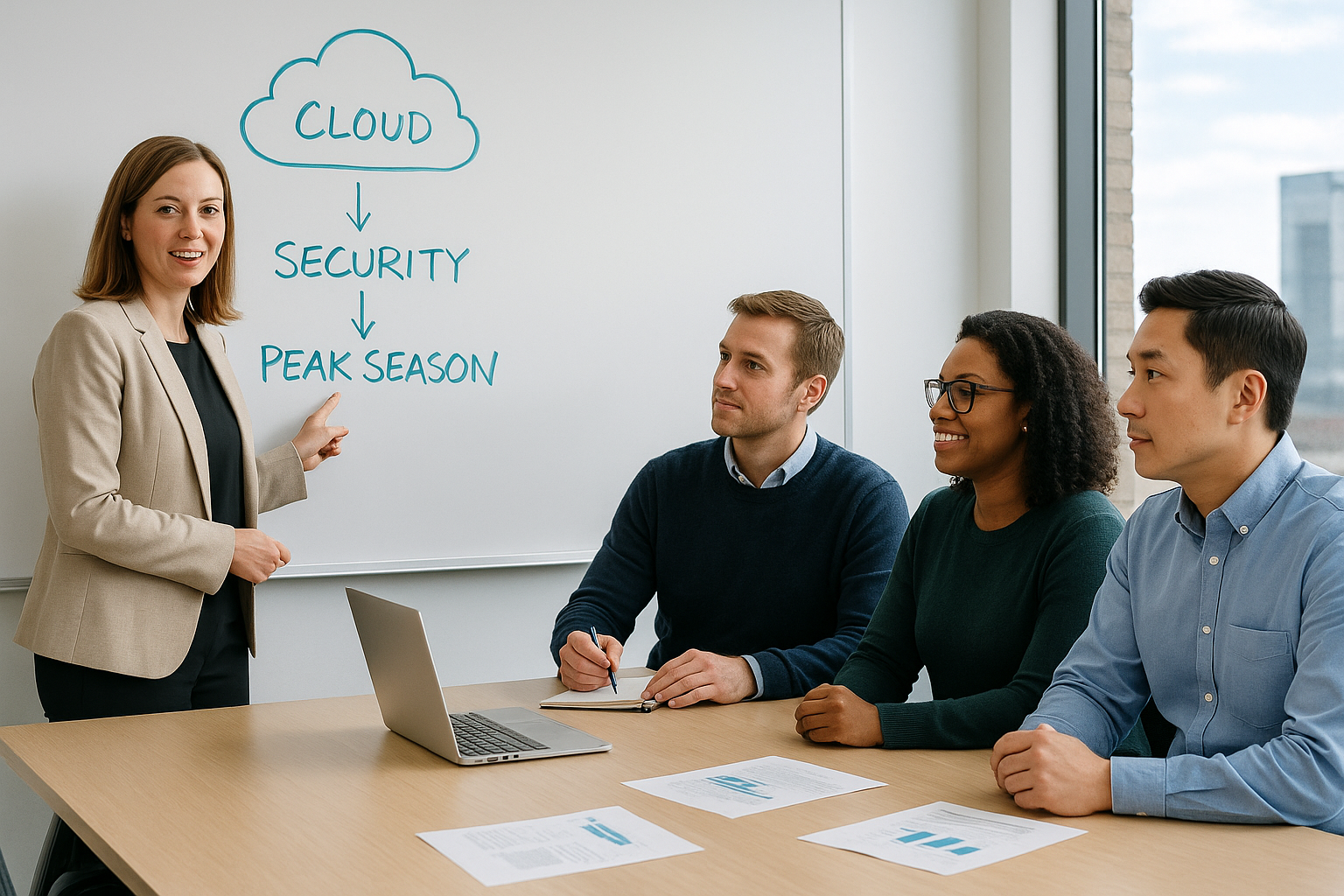Tax season is the ultimate stress test for a CPA firm’s technology — and for many, that test exposes serious cracks. Year after year, firms report familiar frustrations: systems slowing to a crawl at critical moments, unplanned outages that halt work midstream and staff forced to wait while infrastructure catches up. These aren’t minor technical hiccups. They’re massive disruptions that chip away at client trust, employee morale and profitability.
The truth is, much of the technology firms depend on wasn’t designed for the speed, volume and complexity of today’s accounting work. And the cost of that gap is becoming harder to ignore.
When does technology become a bottleneck?
For years, many firms have relied on a patchwork of on-premise servers, shared hosting solutions and repurposed platforms. This approach might have worked in an era of predictable workloads and centralized teams, but the environment has changed:
- Workforces are distributed. Hybrid and remote teams need secure, consistent access from anywhere.
- Clients expect immediacy. The days of clients tolerating delays for answers or reports are gone.
- Regulators demand resilience. Security and uptime are under the microscope, with stricter scrutiny than ever.
When core systems aren’t up to the task, the impact is tangible. According to Accounting Today, firms that fail to modernize their IT struggle not just with internal efficiency, but also with meeting client expectations and compliance requirements.
We’ve heard this time and again from clients reflecting on their experiences before coming to Netgain — describing IT bottlenecks that slowed tax workflows and turned routine deadlines into high-stress fire drills.
Why are firms shifting to purpose-built IT?
A growing number of firms are moving away from the traditional model and reimagining IT as an enabler of productivity, rather than a necessary cost. Rather than layering on more tools or upgrades, they’re stepping back to design infrastructure that’s purpose-built for the realities of accounting.
That means infrastructure tailored to accounting workloads, not generic cloud hosting that can’t guarantee consistent speed or security. It means working with providers that understand the unique pressures of tax season and design environments that perform under that weight. In fact, In fact, firms that have moved to cloud-based IT report virtually unlimited scalability, seamless remote access, enterprise-grade security and cost predictability during peak periods.
Independent research supports this shift. The 2025 Kaseya Global MSP Benchmark Survey found that accounting firms adopting vertical-specific IT solutions reported higher client satisfaction and stronger business continuity during peak seasons.
What does a strong IT foundation look like?
Here’s what firms are prioritizing as they rethink their IT:
- Infrastructure that doesn’t compete for resources. Dedicated systems are designed to handle peak demand without lag.
- Optimized application support. Seamless performance for tax, audit and accounting platforms (UltraTax CS, CCH ProSystem fx/Axcess, QuickBooks, plus tools like Lacerte, CaseWare and Xero)
- Proactive maintenance. After-hours patching and updates that keep systems secure and stable without disrupting work.
- 24×7 expert monitoring. Issues are identified and addressed before they affect your team.
These priorities reflect lessons learned from firms that have successfully navigated the shift to purpose-built IT, creating a foundation that can handle the pressure of peak periods without missing a beat.
When is the right time to rethink your IT?
If your team felt the strain last tax season, now is the time to reevaluate your IT approach. Getting the right foundation in place before the next peak can mean the difference between fighting your systems or focusing on your clients. When you’re ready to explore options, we’re here to share insights.
